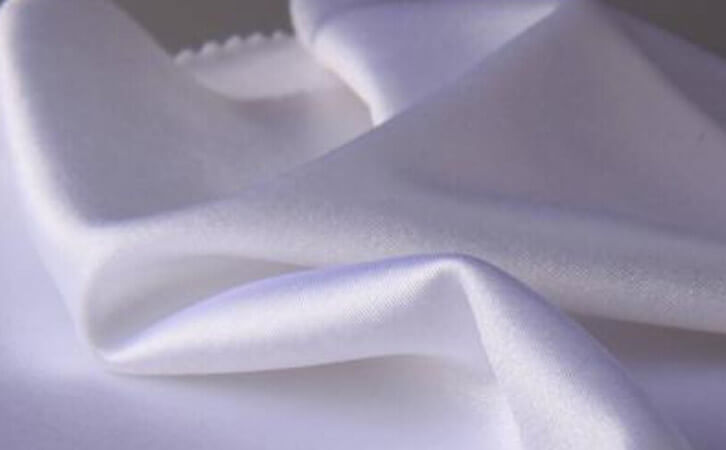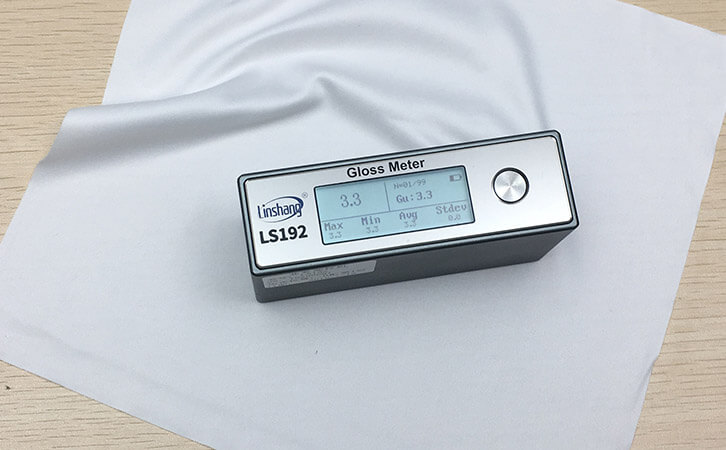What is the Relationship between Textile Gloss and Fiber Morphology?
1. The relationship between textile gloss and fiber morphology
Gloss is determined by the reflection of light from the object surface. When the surface of the fiber is smooth and arranged parallel to each other, the reflected light at a certain angle is relatively strong, resulting in gloss. If the fiber surface is rough and uneven and the reflected light is diffused in different directions at different angles, it will lack gloss. Coarse wool scales are thin and tightly attached to the wool fibers. The surface is smooth and the reflected light is strong, so the gloss is good. Fine wool scales are dense and have poor adhesion, so the luster is soft. When the wool scales are damaged, the gloss is dull. In the production process of semi-gloss or matte chemical fiber, a small amount of particle matting agent with different refractive index is added to the spinning solution or spinning melt, resulting in the condition of diffused reflected light, which can achieve the purpose of matting.

The shape of the fiber section is an important factor affecting the gloss of the textile material. Nylon, viscose and silk have a special luster, partly due to the different reflections of light from their center, zigzag and triangular cross-sectional shapes. After the mercerizing treatment of the cotton fiber, the fiber swells, part of the natural turning disappears and the cross section is nearly circular, so the gloss of the fiber is improved.
2. Gloss metre to measure the gloss of textiles
Quantitative measurement of the object surface gloss comes along with the needs of product appearance evaluation and develops with people's life and industrial development. To evaluate the gloss of textiles, professional equipment is needed to measure it.
Gloss is measured using a gloss metre. Most gloss metres measure the surface reflectance of an object, which is called a specular gloss metre. The measurement results are different depending on the angle of incidence selected during the measurement. The larger the angle of incidence, the greater the specular reflectance and the higher the gloss. That is why high-gloss materials should be measured with a high-gloss testing equipment at a 20-degree angle; otherwise, the lower the specular reflectance, the lower the gloss. Then we should use a gloss metre with an 85-degree angle. It can be seen that the level of gloss depends not only on the surface characteristics of the object, but also on the measuring angle of the instrument.
As for what angle is best for which materials, there is no uniform national standard. The general angle on the market is a 60-degree angle. Like the general-purpose 60-degree gloss metre LS192 from Linshang Technology, the measurement range reaches 1000GU. High-gloss and low-gloss materials can be tested because gloss is a relative value. When there is no uniform standard in the industry, the LS192 gloss metre can be used for testing. If the industry has a uniform standard, it is best to use the same angle of testing. Therefore, when selecting the measurement angle, you should choose differently according to different situations. Gloss testing equipment LS192 is the best choice to measure the gloss of textiles.
